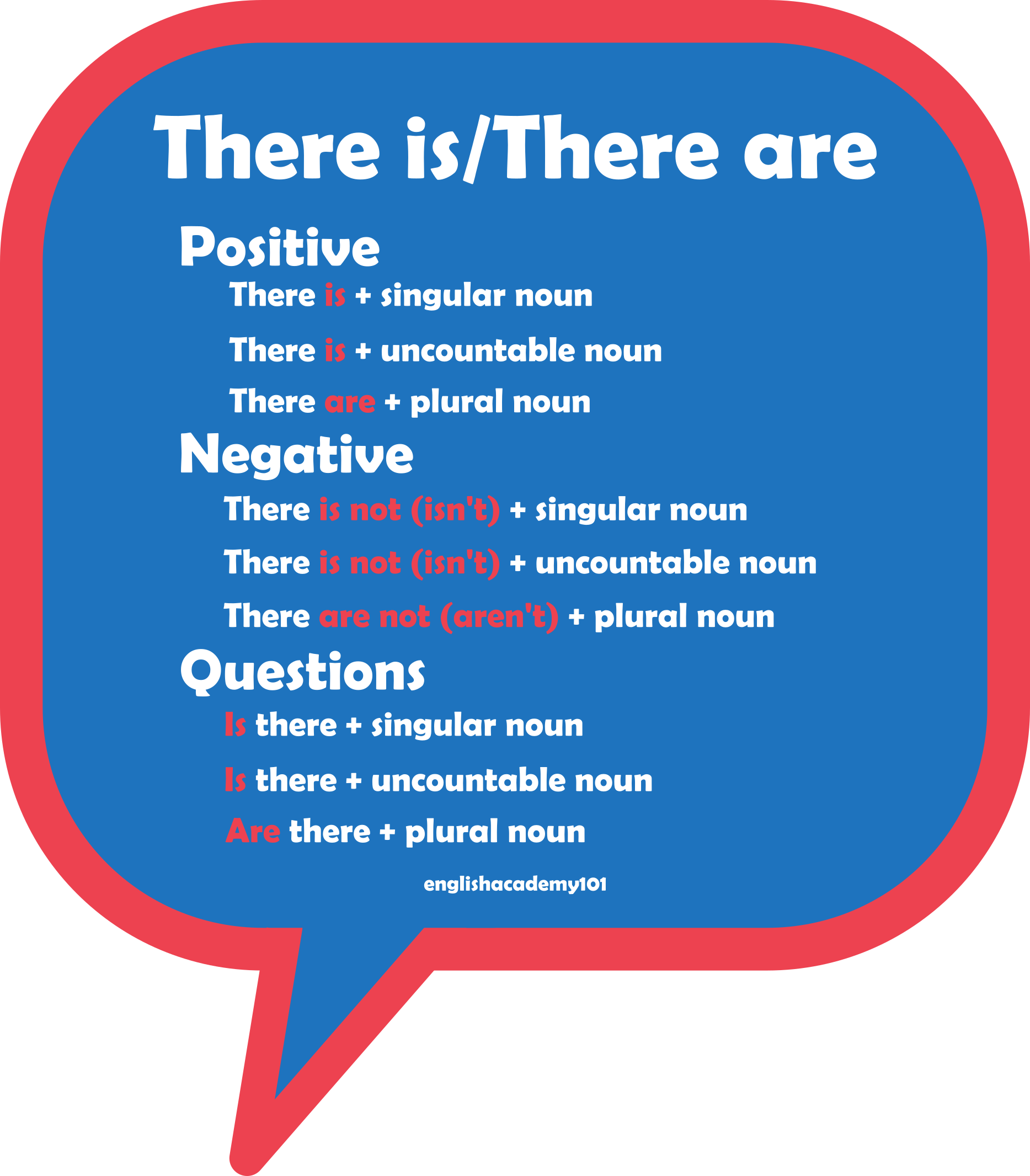

There There was one of The New York Times Book Review’s 10 Best Books of the Year, and won the Center for Fiction’s First Novel Prize and the Pen/Hemingway Award. Tommy Orange is the author of the New York Times bestselling novel There There, a multi-generational, relentlessly paced story about a side of America few of us have ever seen: the lives of urban Native Americans. Books will be available to purchase on-site from San Marco Books and More or you can bring a copy purchased from your favorite bookseller. Main Street.Ī book signing will follow the interview. Note: After-hours programs like this one in the Conference Center are accessible via our "special events" entrance, located at 304 N. You can attend in person at the Main Library’s Hicks Auditorium or join the live stream via Zoom. #Join us!Ĭelebrate reading with your community at a special event with bestselling author Tommy Orange! This exciting Lit Chat Interview happens Friday, March 31 at 6:30 p.m. But as adults, we're all reading role models! The more we use the Library, talk about books, and attend awesome author events and book signings, the more literate (and well-read) Jacksonville becomes. If you're a parent, you know it's important for your kids to see you reading for enjoyment. Overall, given the results demonstrated to date, chiral MOFs and CPs show great promise for use in future technologies such as optical communication and computing, optical displays, and all-optical devices.March 27 - April 1 is Celebrate Reading Week in Jacksonville! The Jacksonville Public Library is partnering with the Kids Hope Alliance, Duval County Public Schools, READ USA, and several other organizations to showcase the power of reading for kids around the city.

The current challenges encountered so far, their possible solutions, and key directions for further research are also outlined. We focus on two emerging directions in the field of MOF chemistry – circularly polarised luminescence (CPL) and chiroptical switching – as well as the latest developments in the use of these materials for second-order nonlinear optics (NLO), particularly second-harmonic generation (SHG).

In this review, we outline the methods for synthesising chiral MOFs and CPs, then analyse the recent innovations in their use for various optical and photonics applications. Additionally, the interaction of guest species with the host framework can be exploited to realise new functionalities. The promise of these materials lies in the ability to tune their properties through judicious selection of the metal and ligand components. Recently, there has been significant interest in the use of chiral metal–organic frameworks (MOFs) and coordination polymers (CPs) for photonics applications.


 0 kommentar(er)
0 kommentar(er)
